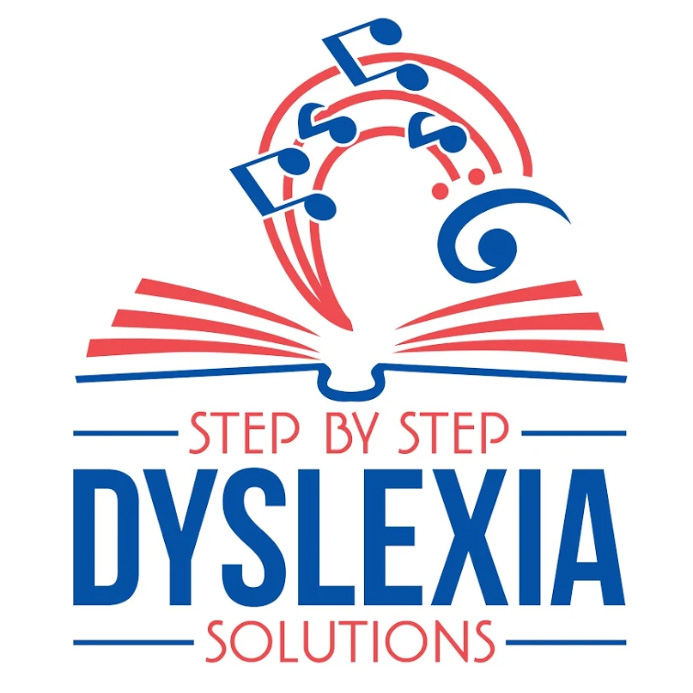On April 13, the long-awaited annual event finally arrived. Among the one hundred attendees were IDA Board Members, parents, teachers, lawyers, psychologists, SELPA reps, and three awesome speakers. We also had a separate room with tables hosted by thirteen vendors. We enjoyed morning treats, a silent auction, raffle, a fun round the clock prize wheel, and a delicious lunch. The International Dyslexia Association (IDA) was formed to inform parents and educators about dyslexia and secure the proper intervention the dyslexic students require. The group sponsors parent support groups, fundraising events, and fun events for kids. The goal of the IDA is to work with educators and the legislature to advance the support for dyslexic students. 
This year’s annual conference was held at the beautiful Riverside Marriott with our Keynote speaker was Maryanne Wolf, and breakout sessions with Mary Wennerstein, and Dina Leland. Much of the information contained in this article is known by those of us trained in Orton Gillingham and in the neuroscience of how the brain works to read. But there is some great additional information by Maryanne Wolf, that even surprised me. Ms. Wolfe serves in the Graduate School of Education and Information at UCLA’s Center for Dyslexia, Diverse Learners and Social Justice.
The Orton Gillingham multisensory method of teaching phonics is beneficial for every learner. When students are taught to their strengths and to their weaknesses, everyone learns. We need a multisensory approach to learn to read which means students must be explicitly (directly) taught, and teaching must include auditory, visual, oral, and kinesthetic approaches. Programs that are systematic (having a specific method for each task), sequential (presented in a logical order), and cumulative (builds on prior steps learned) have proven to bring great success in all students. When students are successful, they become emotionally sound, proud of their achievements and feeling hopeful again. This helps them to engage and become lovers of learning.
Maryanne Wolf addressed the following areas: The interconnectivity of brain parts, neurocircuits, cell neurons, classroom dynamics, genetics, and cognitive behavior. We were reminded of the plasticity of our brain consisting of many parts that develop when we are young. All these parts contribute to the “reading circuit” developing before pulling things all together.
Her lecture continues to present a flash to the past when man was created, mentioning that our brains weren’t specifically designed/developed for reading, but our brains evolved over time. There was a difference in brain organization back then before reading was created with the institution of the first schools. Some person’s brains haven’t evolved with others to make the necessary neurological connections required for reading, and we have learned how to help them. We still need the excellent creativity and genius minds of those who struggle with reading, but we want all to be successful readers and because of the plasticity of each brain, we are able to tap into the necessary processes to promote literacy. Brains can be retrained to read.
We needed the great dyslexic minds of people in history who have contributed greatly to society. Maryanne Wolf shared that the great possibility that Leonardo DaVinci had dyslexia because he reflected many characteristics of dyslexic people today. He was an amazing analytical thinker making patterns that connect. But he couldn’t learn Latin, and he couldn’t retrieve words from another list. They called him “The Unlettered Man.” He is known to have said he desired to have someone always by his side to read to him. Other famous dyslexic people who have been great contributors are Nicola Tesla, Alexander Graham Bell, Pablo Picasso, Walt Disney, and Steven Spielberg. So being dyslexic doesn’t mean lazy or dumb. Average to above average IQ with deficits in phonological processing. When we talk about living in a multicultural society, so we also want to address all that the wonderful and multiple ways people learn. We are fortunate that all minds do not think alike.
Ms. Wolf shared that while we help all our dyslexic students read we want to begin assessment and intervention as early as kindergarten. (and as some have learned, in the womb, under our arm, etc.) We strive to have our students reading by fourth grade helping them avoid the pitfalls of ridicule, low self-esteem, and academic failure. At present, 61% of African American, 54% of Hispanic, and 26% of English Americans are failing reading at a fourth-grade level. We won’t lose their creativity when we train their brains to read and we must close this achievement gap.
In closing, Ms. Wolf challenged us with a loaded question and more information. As we all strive to read more and help others read, we need to ask ourselves, why do we read? Reading helps us to be transported to places, elevates our knowledge, and uplifts our spirit. Did you know that “reading print is much better than digital for comprehension?” “How much we read, what we read, and understanding why we read are all important questions to ask ourselves.” The conference was chock full of great information and we hope you can attend the events we hold throughout the year. And we hope to see you next year at our annual conference.

